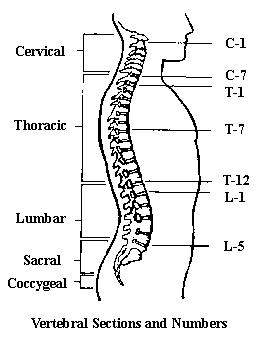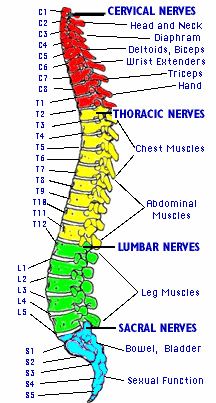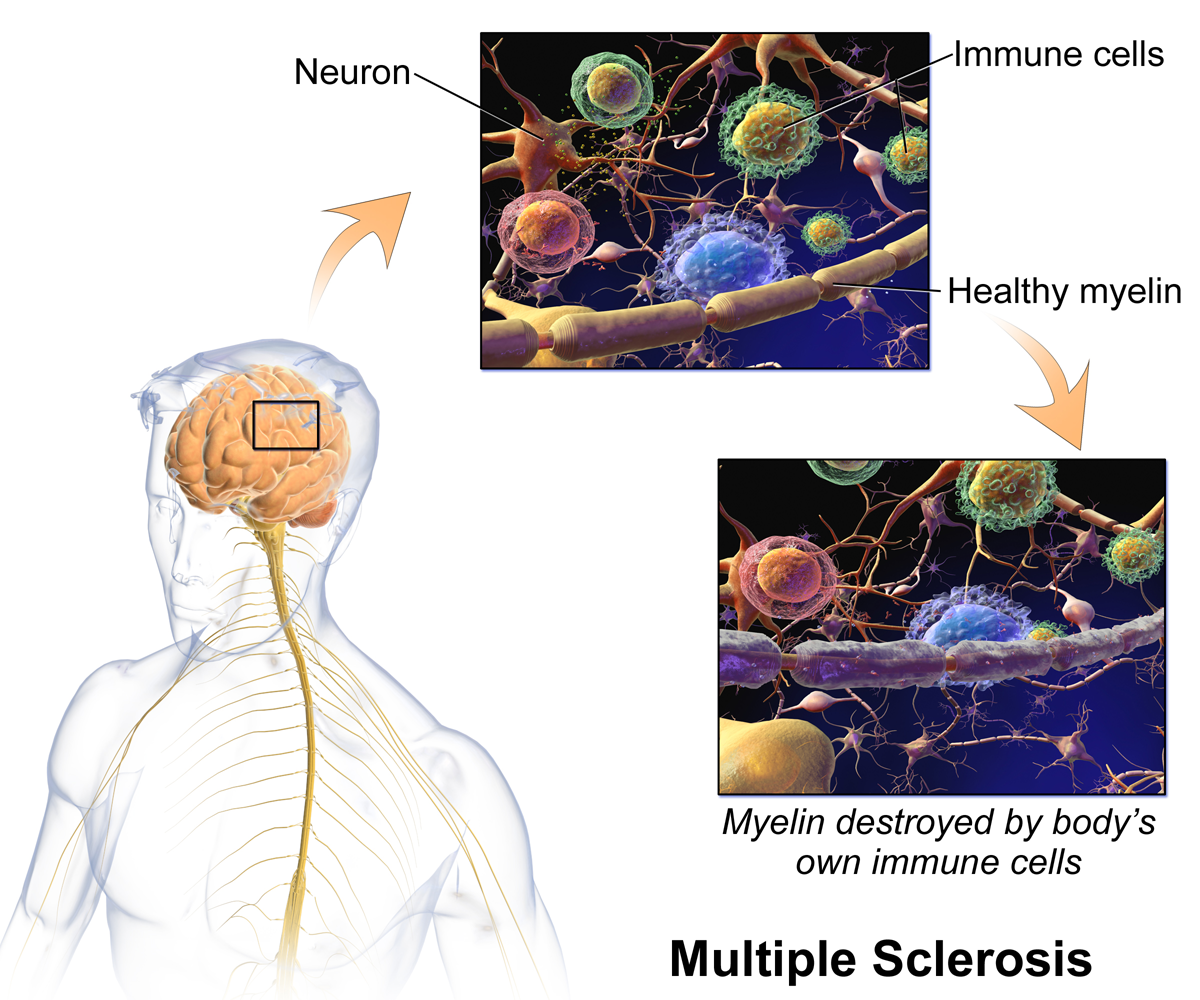Paralysis Multiple Sclerosis and the Power Standing Wheelchair
Multiple Sclerosis patients were among those included in a recently released survey tracking Americans who are totally or partially paralyzed. Shockingly, the true number was grossly UNDER estimated.Thanks in part to the Christopher and Dana Reeves Foundation, a study was concluded showing more people are living with paralysis than the government or even doctors were aware existed.
STATISCALLY SPEAKING
Nearly 6 million live with some sort of paralysis- be it a limb or full-body paralysis. That is FIVE TIMES MORE PEOPLE then the 1.275 million estimate believed to represent those with spinal chord injuries. That means roughly 1 out of 50, OR nearly 2% of Americans have some degree of paralysis.
Of the 33,000 households surveyed, 36% percent reported a lot of difficulty in moving. 16% said they were completely unable to move.
Some of the groups making up those who have spinal chord injuries include
- Multiple Sclerosis patients
- Brain Injured
- Birth defects
- Surgical complications
WHY WERE SO MANY PEOPLE MISSED?
There doesn't seem to be an acceptable answer to this obvious question, except to acknowledge that people with spinal chord injuries have always been part of a "hidden population" which the disabilities chief at the Center for Disease Control and Prevention says is a population that must receive re-commitment.
While I am happy the disabilities chief made that comment, I also find myself bothered by the term "hidden population". Seems to denote shame or disgrace. Does the government not want to acknowledge spinal chord injury patients? Perhaps I am just being too sensitive. Perhaps they are hidden because acknowledging their existence would mean spending more money to accommodate their basic living needs. Maybe they are just hidden because no one thought to ask the right questions. Now that the right questions have finally been asked and answered, maybe this group will be hidden no more?
SOURCES OF THE STUDY
So how was this hidden population uncovered. As mentioned, the Christopher and Dana Reeves Foundation played a part, as did Dr. Anthony Cahill, from the University of New Mexico who was the principal investigator in charge of the survey data.The CDC and CDD were interested in knowing the facts about the partial and completely paralyzed population of this country. Last but not least, let us not forget those who did the grunt work and actually contacted the 33,000 homes and asked the questions.
TWO PROBLEM AREAS COME TO LIGHT
Now that the data is out there, two very problematic areas come to light.
- Paralysis and Poverty
- Paralysis and Disability
POVERTY
7 percent of the general population of this country lives in poverty. Conversely, 60% of the "hidden" paralyzed population lives in poverty earning less than $25,000/year and 25% earn at or below $10,000/year. You don't have to be a math genius to figure out how financially devastating it is to suffer from a spinal chord injury.
In general, you have the on-going expenses of doctor visits apart from the Specialists you must also see.
You have prescription costs and any in-home or out-patient specialized care you must receive.
You hope to have insurance coverage for all of these things so that you only have to pay deductibles and co-pays, but if you don't, which is quite likely if you are living below the poverty level, then you have out-of-pocket expenses that you either pay or are billed for.
If the latter occurs, you can add the anxiety of bill collectors to your long list of chronic stress producers.
Can you even imagine what a struggle daily living becomes for anyone with partial or total paralysis? When just getting out of bed is a monumental accomplishment, you must then endure a day of worrying about how you will pay for the things you need just to be comfortable and live with dignity. It is only natural to want any measure of independence you can attain, but to have it you must be able to pay for physical therapy or rehab, which is just too costly. That means you lose more and more of your independence as your ability to move is hindered by your lack of physical therapy.
If you think government assistance is the answer, think again because the government demands that you suffer 24 months before you "qualify" for their help through Medicare, and then you only qualify if your income is low enough. So if you are trying hard to work or if your spouse is working, and if you happen to have a good paying job, the government says you don't qualify for their assistance.
DISABILITY
Obviously a spinal chord injury is disabling, but now that people with such serious injuries are living longer, being disabled takes on an entirely different meaning because now you are aging and disabled.
You can expect problems similar to Alan T. Brown. He is nearly 42 years old and has been in a wheelchair since just before he turned 21. He has a very good job but has noticed he is getting sicker and his illnesses are costing him a lot of money since his insurance coverage ran out and he has to pay out-of-pocket. Last year alone he suffered 17 UTI's (Urinary Tract Infections). He's had to switch from a manual wheelchair to an electric one and has to jump extra hurdles to get routine care like a colonoscopy.
Alan now worries about what he and his family will do if he can't keep working in the future. The natural questions about how to pay for his continual expenses is a constant concern for him to have.
TIME TO RECOMMIT
There are some ways that spinal chord patients can receive practical assistance. The first type of help that jumped out at me was so simple. Allow wheelchair users to purchase an air cushion to sit on BEFORE they develop a pressure sore that can put them in the hospital and cost them $75,000.00 Right now insurance coverage will not allow the purchase of this $400.00 cushion. You don't need it, they claim, until you actually get a painful sore.
Next, "they" are going to try to end the 24 month waiting period before you can claim Medicare. I can only imagine how a paralyzed individual would appreciate not having to wait 2 years before they receive financial assistance. Now this just might not get any where because it would have to be paid by the individual States and we all know how cash strapped they are. They are already limiting coverage and allowing this provision surely would take money they don't believe they have.
What percentage the State pays and if the Federal Government makes any payments would still have to be ironed out. No doubt any relief that comes will be a long time arriving.
LIVING WITH DIGNITY
My wish for those who suffer a spinal chord injury of any kind, is that they get the assisted devices they need that will allow them to enjoy life even though it would be more limited.
Air Cushions should be mandatory!
I would hope Handicycles are reimbursable!
Those who haven't stood in years should be able to afford a Standing Powered Wheelchair!
I can dream I guess, and I can hope . . . so that's exactly what I've chosen to do.
- Christopher and Dana Reeve Foundation
This foundation founded as a result of Christopher Reeve's tragic paralyzation from a riding accident. is still an active participant in clinical research to improve the lives of wheelchair bound and parapalegics.
Center For Disease Control and Prevention
- CDC
The CDC's representative called for a recomitment to the hidden spinal chord injury population
Power Standing Wheelchair in Action
All areas of potential spinal chord injury


Alan T Brown in his powered Standing Chair










